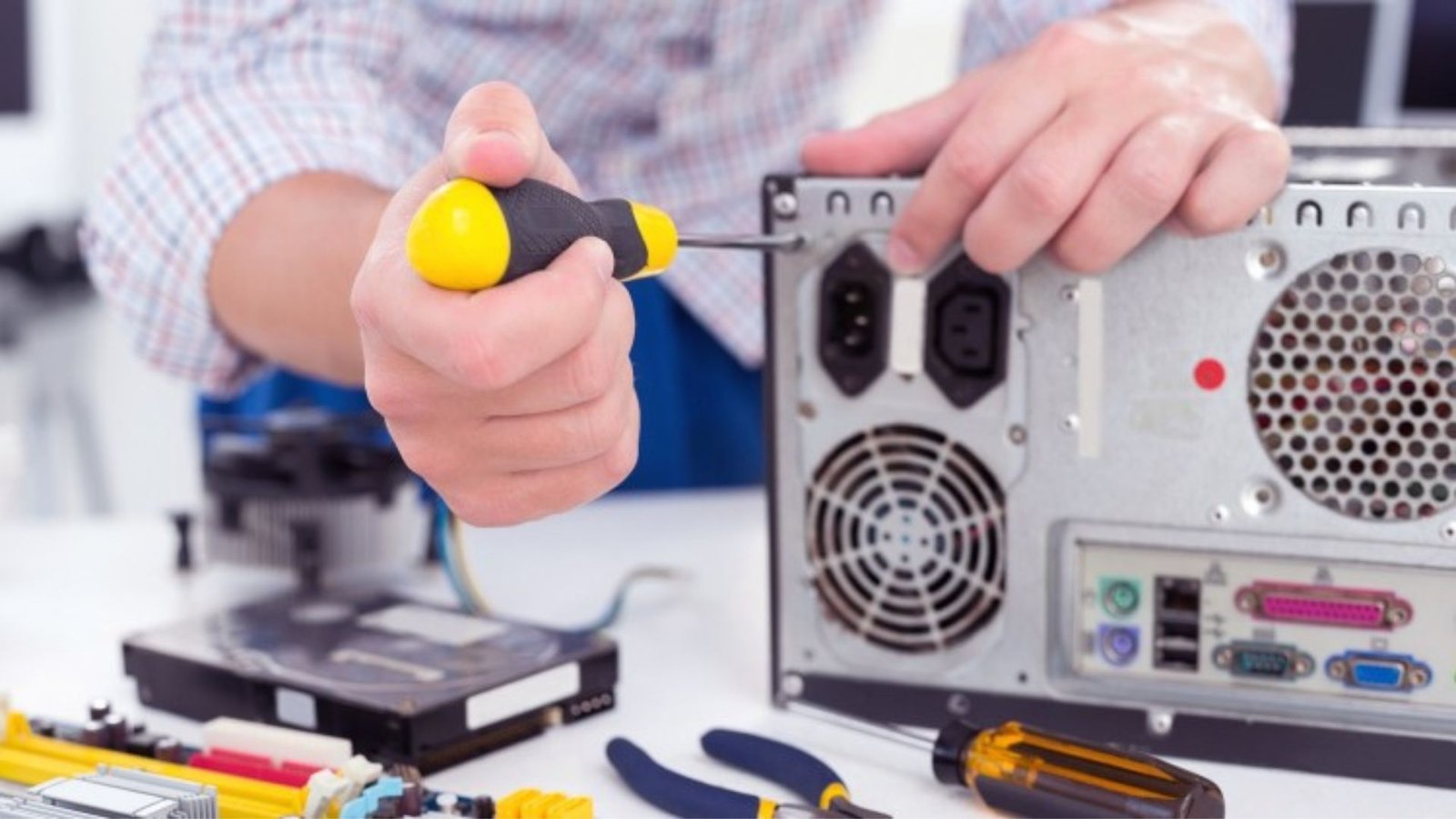Upgrading personal computers is an essential process to ensure your system remains efficient, capable, and up-to-date with the latest technological advancements. As software demands and user needs evolve, so should your computer’s hardware. This guide will provide key insights into upgrading your personal computer, including understanding component upgrades, evaluating compatibility, and optimizing performance.

Understanding Component Upgrades
Upgrading personal computers begins with understanding which components need enhancement to boost performance. Common upgrades include the CPU, GPU, RAM, and storage drives.
- CPU (Central Processing Unit): Upgrading the CPU can significantly improve processing power, making it easier to handle complex tasks and run demanding applications. Ensure that the new CPU is compatible with your motherboard and that you update the BIOS if necessary.
- GPU (Graphics Processing Unit): A GPU upgrade is vital for gamers and those involved in graphic-intensive work, such as video editing. A more powerful GPU will provide better graphics performance and smoother visual experiences.
- RAM (Random Access Memory): Increasing RAM allows for better multitasking capabilities and smoother performance when running multiple applications simultaneously. Check your motherboard’s specifications to determine the maximum supported RAM.
- Storage Drives: Upgrading to an SSD from an HDD can greatly enhance data access speeds, reducing boot times and improving overall system responsiveness. Consider the storage capacity and type (SATA or NVMe) based on your needs.
Evaluating Compatibility and System Requirements
Upgrading personal computers requires evaluating compatibility to ensure new components work seamlessly with your existing hardware.
- Motherboard Compatibility: Verify that the new CPU and RAM are compatible with your motherboard. Check socket types, chipset compatibility, and RAM slot configurations before purchasing new components.
- Power Supply Unit (PSU): Ensure that your PSU can handle the power requirements of new components, especially if upgrading to high-performance GPUs or adding additional drives. An underpowered PSU can lead to system instability or failure.
- Physical Space: Confirm that new components, such as GPUs or cooling solutions, fit within your computer case. Measure available space and check component dimensions to avoid compatibility issues.
Optimizing Performance Post-Upgrade
Upgrading personal computers involves not only hardware changes but also optimizing performance to fully leverage the new components.
- System Updates: After upgrading, update your operating system and drivers to ensure compatibility and optimize performance. Manufacturers often release updates to improve compatibility with new hardware.
- Cooling Solutions: High-performance components generate more heat, so consider upgrading your cooling solutions. Better cooling helps maintain stable performance and prolongs the lifespan of your components.
- System Configuration: Adjust system settings to take full advantage of your new hardware. For example, configure your SSD as the primary drive for the operating system and applications to maximize speed.
Conclusion
In conclusion, upgrading personal computers is a valuable investment to enhance performance and ensure your system meets current demands. By understanding component upgrades, evaluating compatibility, and optimizing performance, you can significantly improve your computer’s capabilities. Regularly assess your system’s needs and keep up with technological advancements to maintain an efficient and powerful computing environment.











